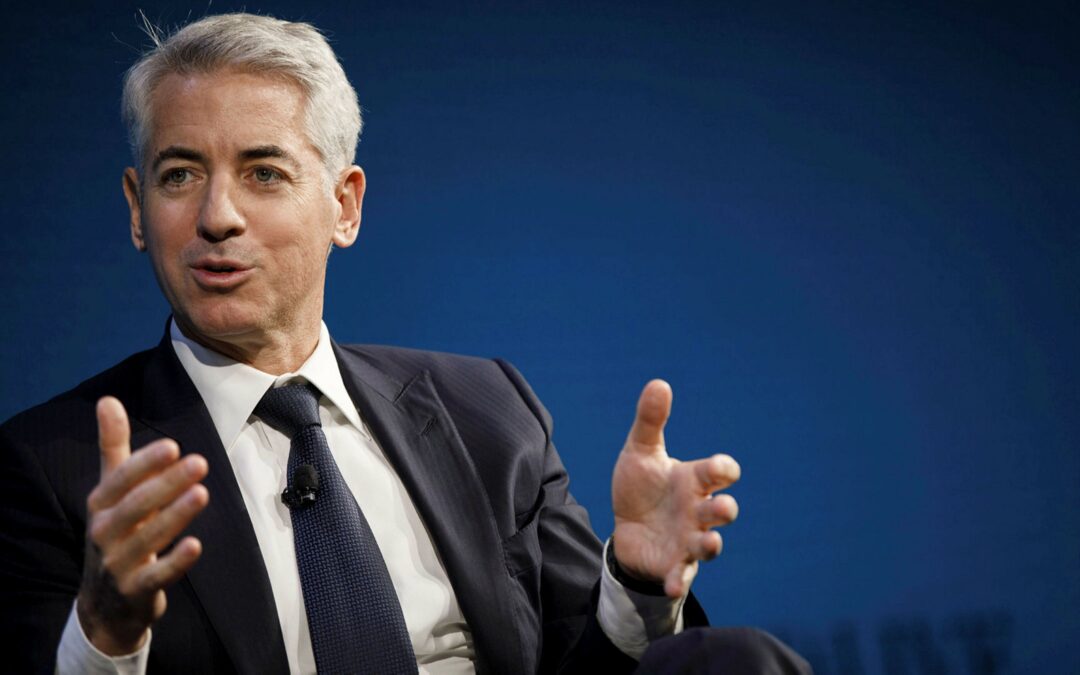Special purpose acquisition company is a boring name for something generating a ton of excitement in financial circles this year. How about “blank check companies” — that’s more appealing. Or the idea of billion-dollar pools of cash, or the chance to buy into promising startups without the uncertainty of an IPO. Put it all together and SPACs sound pretty alluring. So far this year they’ve raised over $30 billion, more than double last year’s $12.4 billion. Whether the format will stick or is just a fad remains to be seen.
1. What are SPACs?
Companies that raise money for buying businesses. The reason they’re known as blank-check companies as they generally don’t have a merger target when they are formed. It’s as if investors are giving the sponsor of the SPAC a blank check to use as she sees fit.
2. How do they work?
SPACs raise money through an initial public offering that sells shares and warrants in a bundled unit usually at $10. SPACs usually have 24 months to identify and complete an acquisition. If investors of the SPAC dislike a planned purchase, they get to sell their shares but keep the warrants. That gives them the possibility of an upside even in transactions they opt out of, if a merger goes better than they expected. That combination is seen as making SPACs a safe bet especially during turbulent markets. Once the business combination is completed, the acquisition target becomes a public company.
3. Are SPACs new?
The first recorded listing of a blank-check company dated back to 1993, according to Bloomberg’s data. SPACs used to be regarded as a last resort — if a company couldn’t go public via a regular IPO or attract takeover interest from financial or strategic investors, SPACs gave an alternative.
4. How big are they?
Prior to the boom that began in late 2019, the previous record was set in 2007 during the financial crisis when $6 billion was raised, a fraction of the $31.6 billion raised in the first eight months of 2020. After the financial crisis, investing in an IPO that had no operations made less sense and SPACs largely disappeared.
5. Why were they revived?
For the sponsors creating SPACs, the approach offers faster turnaround for their money than traditional private equity funds, which often operate on a 10-year timeframe. As more high profile, seasoned investors moved into the sector, the sight of billionaires raising SPAC money gave the format some charisma that lured others. Bulge bracket banks have also formalized their SPAC business.
6. Why are they hot now?
The pandemic has raised volatility levels, making IPOs riskier and bringing that market to something of a crawl. At the same time, the U.S. Federal Reserve had pumped extra cash into the market. Its actions also lowered yields, meaning SPACs offered the prospect of better returns that came with some downside protection, thanks to the right of redemption. And the new attention came as venture capital and private equity funds that had pumped money into private companies for a decade were looking for an exit — preferably not an IPO.
7. What kind of deals are happening?
Online sports betting company DraftKings Inc. became a public stock in April after completing a merger with Diamond Eagle Acquisition Corp. in a $3.3 billion deal. As is customary in such “reverse mergers,” the SPAC took the name of the business it bought. When the stock price popped from around $10 a share for Diamond Eagle before it announced the deal in December to a peak of $43 in June as DraftKings, it helped add to the buzz around blank check deals.
8. What’s the advantage?
For companies seeking a path to public markets, a reverse-merger with a SPAC has increasingly become an enticing alternative relative to the traditional route of conducting an IPO. SPACs have recently attracted more companies in futuristic industries such as space tourism and electric vehicles. These companies that have yet to make a profit could market their future financial prowess in a SPAC listing — something that’s not allowed in an IPO. One perceived advantage of going public with a SPAC is a shorter timeline to listing relative to a regular IPO. A SPAC merger may also be considered appealing to companies, because it is a privately negotiated acquisition with a set price. And once a deal is formally inked, the path to public markets is set, meaning a bout of market turmoil is less likely to derail things.
9. What do critics say?
For one thing, that SPACs don’t offer the cheapest deal. Associated fees in going public via SPACs can make them effectively, more expensive. Although companies don’t pay the usual 5% to 7% IPO fee to investment banks, the cost of capital of a SPAC deal could end up costing more. And SPACs aren’t always faster than a traditional IPO — the U.S. Securities and Exchange Commissions has similar requirements for IPOs and SPAC listings.
10. What’s the appeal for sponsors and investors?
Sponsors of the SPAC buy so-called founder’s shares and warrants. In many cases, founder’s shares can equal 20% of total shares outstanding of the resulting company after a merger. Investors find SPACs compelling because of the limited downside and yield. The capital raised in a SPAC IPO stays in a trust and is often invested in short-term U.S. Treasuries until a merger with the targeted company, so an investor can redeem common shares for their principal investment plus accrued interest. If a SPAC fails to identify and close an acquisition over a specific time period, the cash is returned to investors. Some also treat SPACs like closed-end funds, buying shares when they trade below the value of the cash held in the trust, usually $10 per share, and selling them at a higher price, usually when news or an announcement of a deal pushes shares up.
11. How do the warrants work?
Early investors in SPACs buy units, which are usually comprised of one share of common stock and a fraction of a warrant to purchase more stock at a later date. Warrants are considered a sweetener, providing investors with the possibility of additional compensation for their cash, though, they expire worthless if a SPAC fails to close an acquisition. If an acquisition is completed, warrant holders can buy more shares by turning in their warrants and typically putting up $11.50 per share at some point in the future, an enticing proposition for those who believe that shares of the resulting company from a SPAC merger will rise substantially after going public. However, when those warrants are exercisable, they can have a negative impact on the common shares, as early investors sell.
12. Are SPACs good for retail investors?
Business combinations that result from a reverse merger with a SPAC run the gamut from mature companies years in operation to upstarts that have no sales or product to show. They should be treated, as with all investments, on a case-by-case basis. SPACs are also somewhat of a blind investment in that investors who buy into a SPAC is taking a certain leap of faith in the sponsor’s ability to identify and close a deal with a fundamentally sound company with growth potential. SPACs aren’t riskless, though — particularly if you buy after a deal is announced and the stock has soared above $10. And once a deal is finalized, the shares can fall below that price as easily as any other stock’s. Of the 18 companies that went public via SPAC mergers in the past year, 11 are trading for less than $10 a share. SPACs are partly a bet on the skills of the sponsors who lead the companies while hunting for a target—often money managers or well-known executives.
13. Are SPACs going to take over this space?
Maybe not: In late August, four software companies announced plans for traditional IPOs, as did AirBnB Inc., and another, Asana Inc., said it would do a direct listing — that is, go public by making existing private shares available to trade on exchanges rather than selling new shares. Palantir Technologies Inc. filed for a direct listing the next day.
Source: Washington Post
Can’t stop reading? Read more
Apollo Sports Capital invests in Atlético de Madrid, ushering in new era for Spanish giants
Apollo Sports Capital invests in Atlético de Madrid, ushering in new era for Spanish giants Apollo...
KKR exits aerospace supplier Novaria in $2.2bn sale to Arcline
KKR exits aerospace supplier Novaria in $2.2bn sale to Arcline KKR & Co. has agreed to sell...
Carlyle takes over UK retailer The Very Group, ending Barclay family era
Carlyle takes over UK retailer The Very Group, ending Barclay family era Carlyle Group has taken...




